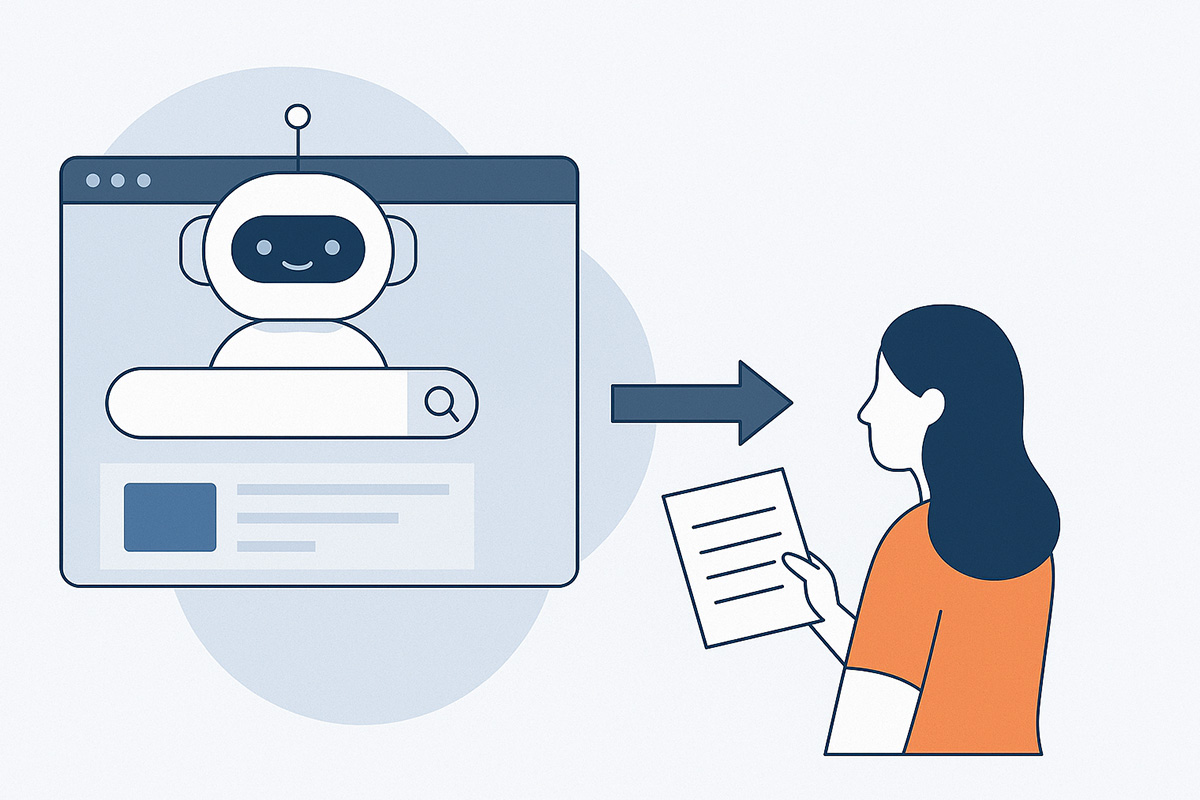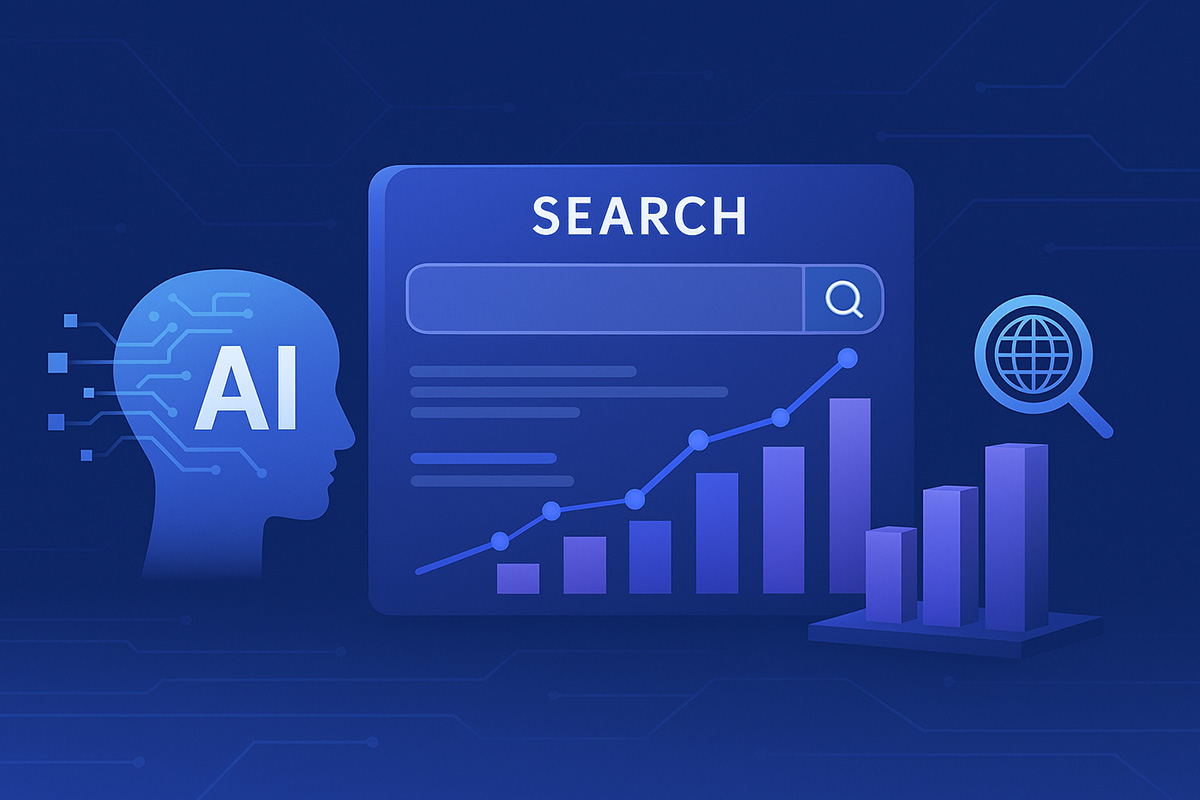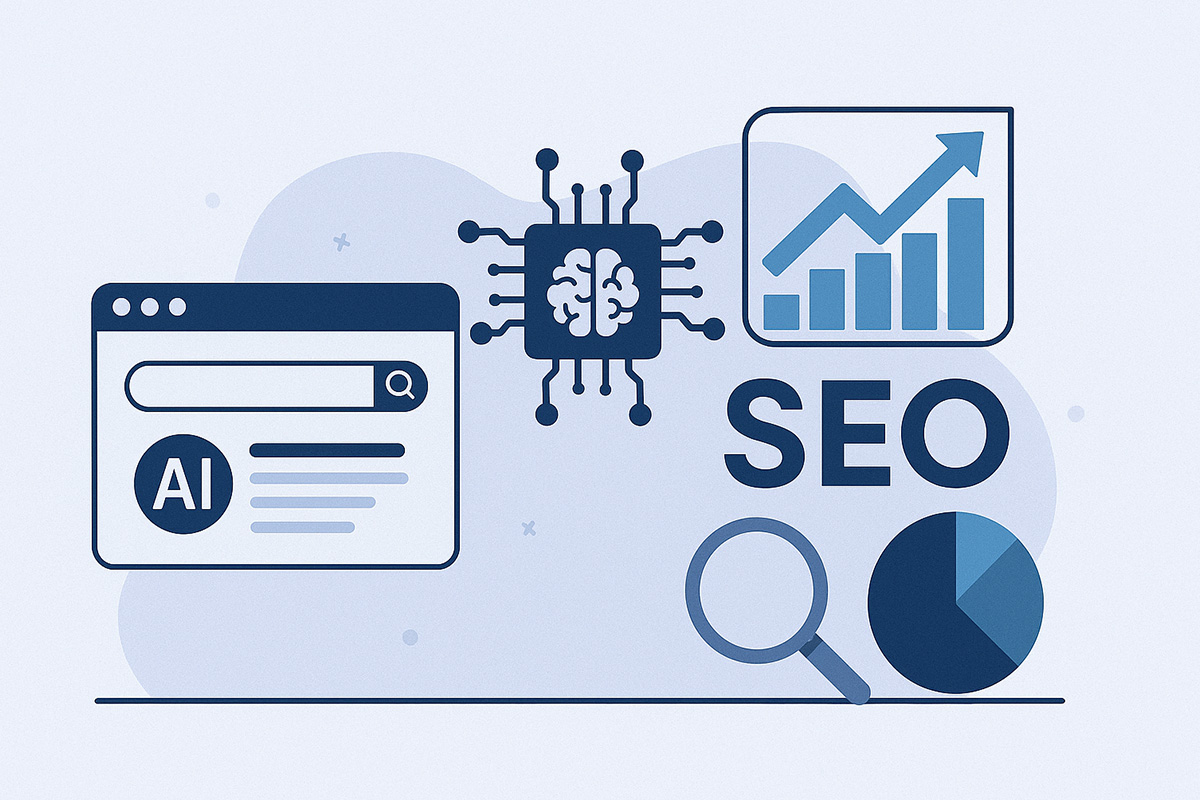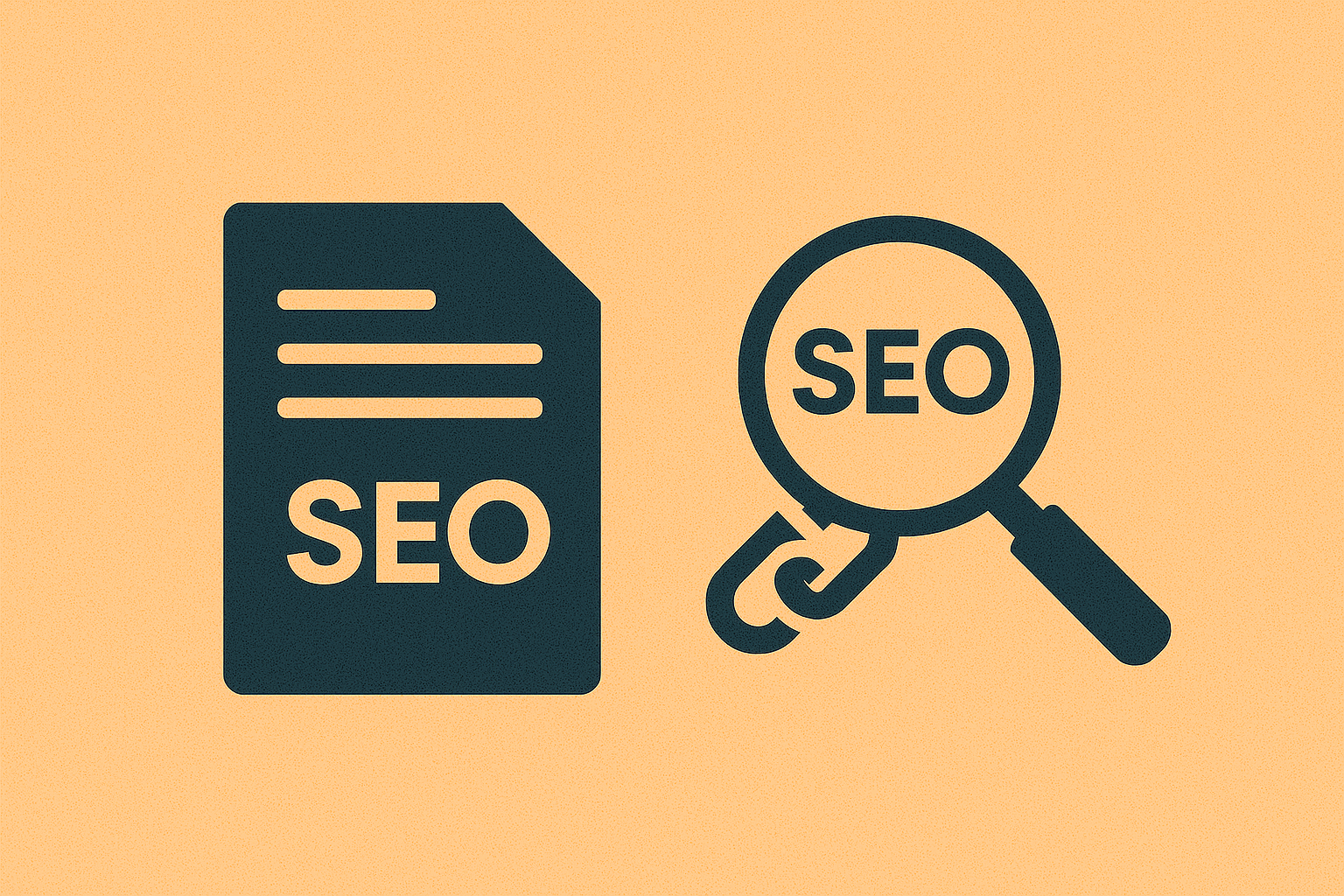Home / Blogs / LLMO in 2026: How to Rank in AI Search Without Keywords
LLMO in 2026: How to Rank in AI Search Without Keywords
 SEO
SEO
TL;DR:
- AI is the new search engine.
- LLMO gets you into AI-generated answers.
- Structure > keywords. Use schema, clear headers, entities.
- Write like a prompt. Answer real questions.
- Track AI mentions, not just traffic.
The Shift in Search: AI's Takeover
TL;DR: AI tools now answer queries directly. LLMO ensures your brand shows up in those answers.
Search isn’t the same beast it was even a year ago. Once upon a time, users would type a query, scroll through a few links, and decide where to click. Today? Generative AI powered platforms like ChatGPT, Gemini, Perplexity, and Bing Copilot are cutting out the middle step, and giving people answers straight away.
That means people aren't always clicking anymore. The AI gives them what they need. In fact, up to 60% of searches now generate zero clicks, as users get answers directly from the results page. No website visit needed.
This is the new normal, and if your brand isn’t part of that AI-generated response, you’re invisible to a growing chunk of your audience.
Enter: LLM Optimisation or LLMO.
If traditional SEO helps your site rank on Google, LLMO helps your content show up inside AI-powered answers. It’s the next frontier in visibility.
So, What Exactly Is LLMO?
TL;DR: LLMO stands for Large Language Model Optimisation. In simple terms, it’s LLM Optimisation with AI tools like GPT-4 and Gemini to increase your content’s AI visibility.
At its core, it’s the practice of tailoring your website and content so that AI systems like GPT-4, Gemini, and Claude can read, understand, and reference your work. Unlike search engines that crawl and rank pages, LLMs absorb your content and repurpose it, often paraphrased or quoted, inside chat responses.
So the goal isn’t just to rank. It’s to be the source the AI relies on when answering users.
Why LLMO Is Now Essential
TL;DR: If your content isn’t LLM-ready, you’re not just losing clicks, you’re missing the conversation.
Here’s the reality: more users are getting what they need without ever clicking through to a website. AI tools are built to give them quick, complete answers, and your content needs to be part of that response.
If you're not optimised for LLMs, you're not just losing traffic, you're missing out on being part of the conversation altogether. A recent study found that 80% of users rely on zero-click results in at least 40% of their searches, leading to a 15–25% drop in organic traffic for many brands.
LLMs give preference to sources that are:
- Clear
- Authoritative
- Well-structured
- Semantically rich
- Mentioned in other trusted places
In short, they trust content that looks like it knows what it’s talking about.
How LLMs Interpret Your Site
TLDR: AI doesn’t rank links, it summarises trusted content; structure, clarity, and authority are key.
They’re not just reading it like a person; they’re also scanning your content like a crawler would. Here's what they look for:
- Meaning over keywords. They understand context, phrasing, tone, and intent. Stuffing in exact phrases won’t help.
- Structure. Content with strong headers, bullet points, and clean organisation is easier for them to parse.
- Entity clarity. Mention real names, brands, industries, locations, clearly and consistently.
- Citation quality. They’re more likely to use content that comes from authoritative, structured, and trusted sources.
So, the better your content is at explaining things naturally and clearly, the more likely it is to be picked up.
What Affects Your Ranking in AI Search?
TL;DR: Real questions, structured data, and entity clarity are what make content AI-rankable.
LLMO isn’t just about writing well. It’s about aligning with how AI tools choose what content to use. Here’s what matters:
1. Talk Like a Human
- Use real questions as headings, stuff people would actually type or say.
- Make the tone sound natural and helpful, not robotic.
2. Get Your Structure Right
- Use schema markup like FAQ, HowTo, and Article.
- Add llms.txt (yes, it’s a thing now) to guide AI tools toward what matters on your site.
3. Build Topical Depth
- Don’t just write one blog on a topic, build a cluster.
- Link posts together to show authority in a niche.
4. Mention the Right Things
- Names. Brands. Cities. Industries. These all help AI connect your content to real-world entities.
5. Speed + Clean Code
- LLMs prefer fast-loading, mobile-friendly pages with no clutter. If your site feels messy, they’ll skip it.
Step-by-Step LLMO Strategy (That Actually Works
TL;DR: Use schema, prompt-based headers, and clear formatting to become AI-visible.
Here’s how to optimise your content and site for AI visibility:
1. Use Prompt-Like Headers
Think in terms of what people ask:
- “What is LLM Optimisation?”
- “How can I rank in AI search?”
- “Best practices for LLMO in 2025”
2. Add the Right Schema
- Implement FAQPage, WebPage, Article, and HowTo markup using tools like Schema.org
- Include author name, publish date, industry info, and anything else that adds context
3. Strengthen Your Entity Game
- Make sure your brand is mentioned across credible sources
- Be consistent with naming (e.g., "Verve Media – digital marketing agency in Mumbai")
4. Write in an AI-Friendly Format
- Use short paragraphs, clear headers, and bullet points
- Include definitions, examples, and stats where they make sense
- Naturally weave in terms like: this context “LLM Optimisation”, “AI SEO services”, etc.
5. Check Your AI Visibility
- Run searches in ChatGPT, Bing, Gemini, and Perplexity
- Look for summaries, paraphrases, or references to your content
- Adjust if you’re not showing up
These steps form the foundation of an AI-driven content strategy designed to help your brand stand out in zero-click environments.
Want to go deeper?
Read our full guide on How to Optimise Your Website for AI-Driven Search Engines
The Mistakes That Can Tank Your LLMO
TL;DR: Poor structure, missing schema, and generic content will keep you out of AI answers.
Avoid these, seriously:
- Writing in a keyword-stuffed, robotic tone
- Forgetting to add schema or structured data
- Ignoring how AI decides what to quote
- Focusing only on Google and not LLM tools
Publishing generic content with no unique POV or entity references
How Verve Media Builds AI-Visible Content
TL;DR: Poor structure, missing schema, and generic content will keep you out of AI answers.
We don’t treat LLMO as a trend, it’s a core part of how we future-proof our clients’ content strategies. Our full-stack AI SEO services help brands rank across traditional search and AI-generated content alike.
Here’s what we focus on
- Storytelling with structure: Our content isn't just informative, it’s built to be understood by both humans and AI.
- Cross-platform testing: We check visibility across ChatGPT, Gemini, and Perplexity, not just search engines.
- Full-stack optimisation: We integrate LLMO with GEO (Generative Engine Optimisation) and AEO (Answer Engine Optimisation) for a complete strategy.
- Real performance tracking: We measure AI mentions, citations, and featured snippets across tools.
As a full-service digital marketing agency, Verve Media ensures your content is aligned with both brand authority and AI discoverability.
Example: For The Game Palacio, we combined Local SEO, structured content, and entity alignment. Result? Higher AI visibility across cities like Mumbai, Pune, Delhi, and Hyderabad.
Curious how LLMs evaluate web content in detail? Check out our full blog: How LLMs ‘Read’ Content, and What Writers Can Do to Help
Measuring LLMO Success
TL;DR: Measure citations, AI mentions, and zero-click appearances, not just traffic.
Forget pageviews for a second. With LLMO, success looks different:
- Are AI tools referencing your content?
- Do you show up in zero-click answers?
- Are your brand or blog titles being summarised?
- Are you matching long-tail prompts users are entering?
That’s the kind of presence that matters now. If you’re the source, you don’t need the click.
SEO + LLMO: Not Either/Or — It’s Both
TL;DR: SEO and LLMO work together, one ranks in search, the other in AI responses.
They’re not competing strategies. They’re complementary.
| Traditional SEO | LLM Optimisation |
|---|---|
| Google rankings | Answers in ChatGPT, Gemini |
| Backlinks + metadata | Structured info + entities |
| Click-through traffic | Citations in AI summaries |
| Target keywords | Context and clarity |
You can’t ignore either. To stay ahead, your strategy needs to bring them together.
Final Thought: Don’t Just Rank, Be the Answer
TL;DR: Visibility today means showing up in AI summaries, not just search results.
Before we even talk about ranking, consider this: 55% of U.S. users, and 62% in the U.K., now prefer using generative AI tools like ChatGPT and Gemini over traditional search engines.
Search has changed. So has content. You’re not just writing for people anymore, you’re writing for the tools they trust to summarise the world for them.
LLMO helps your brand:
- Show up in the conversations AI tools are having with your audience
- Be seen as a reliable source, without needing a click
- Win relevance in a world where visibility means being included, not just ranked
At Verve Media, a future-ready SEO agency, we help brands build content that connects, with real people, and with the AI systems they’re increasingly relying on.

.jpg)
.jpg)









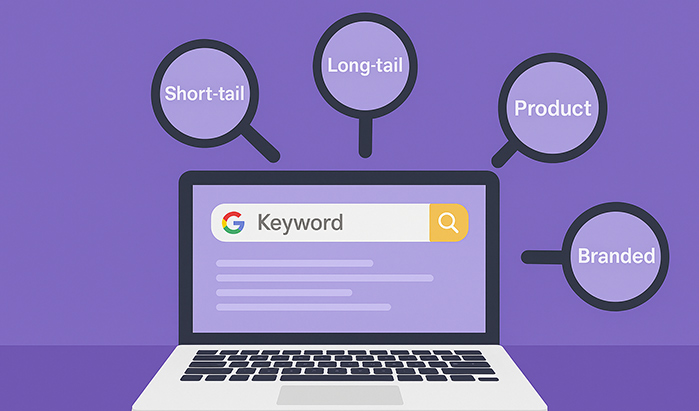


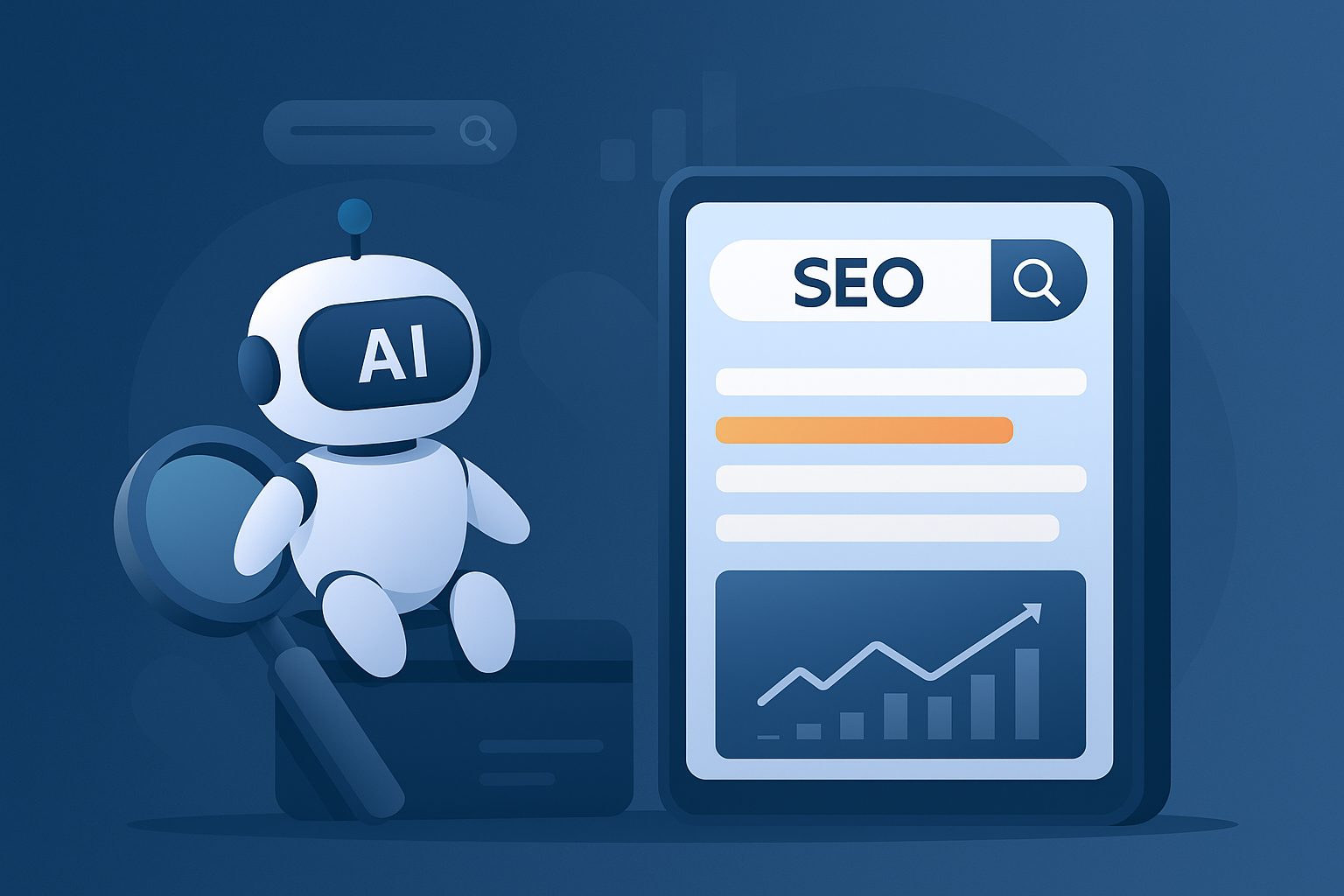


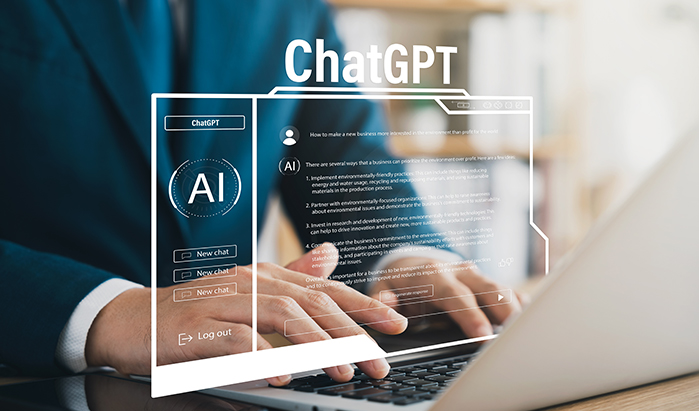














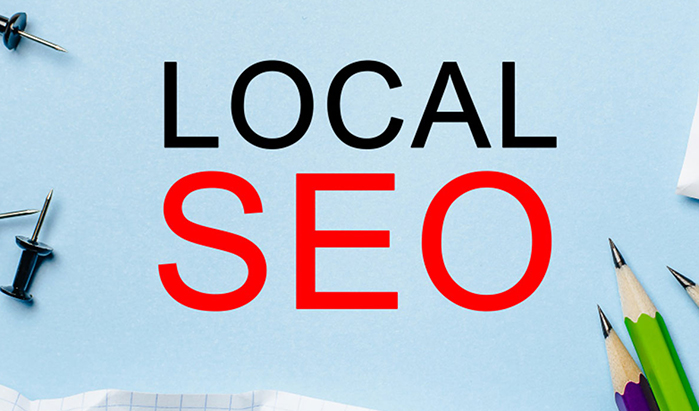









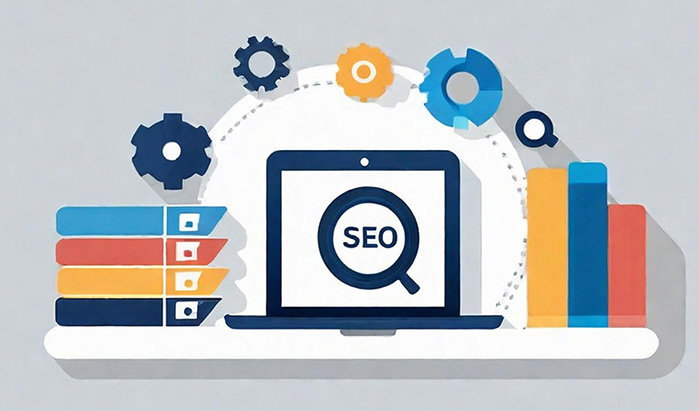































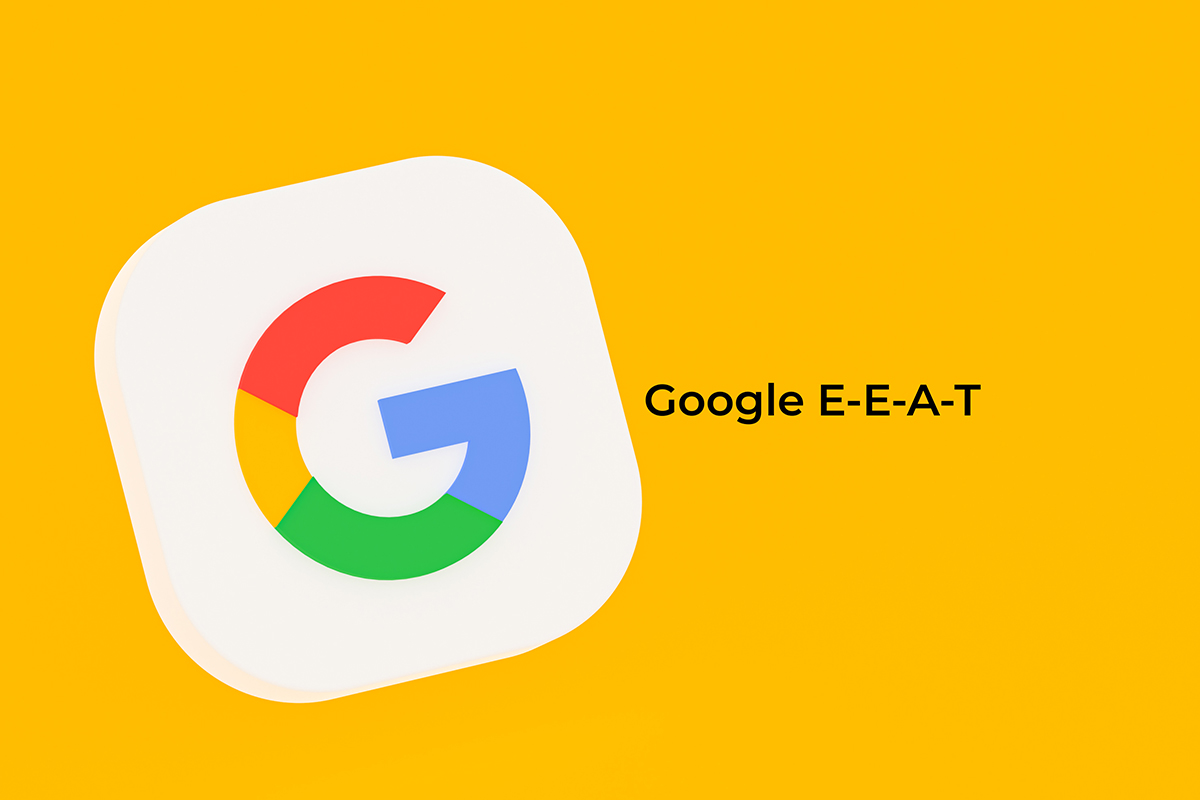

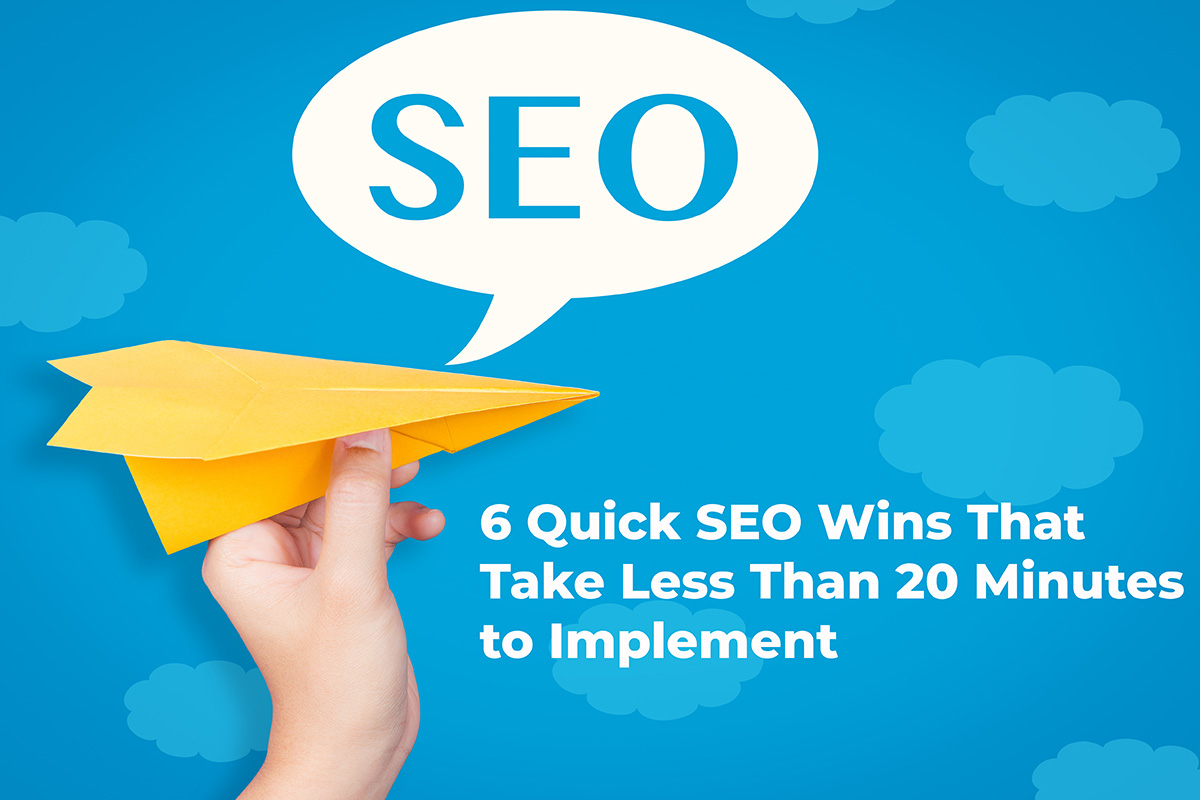












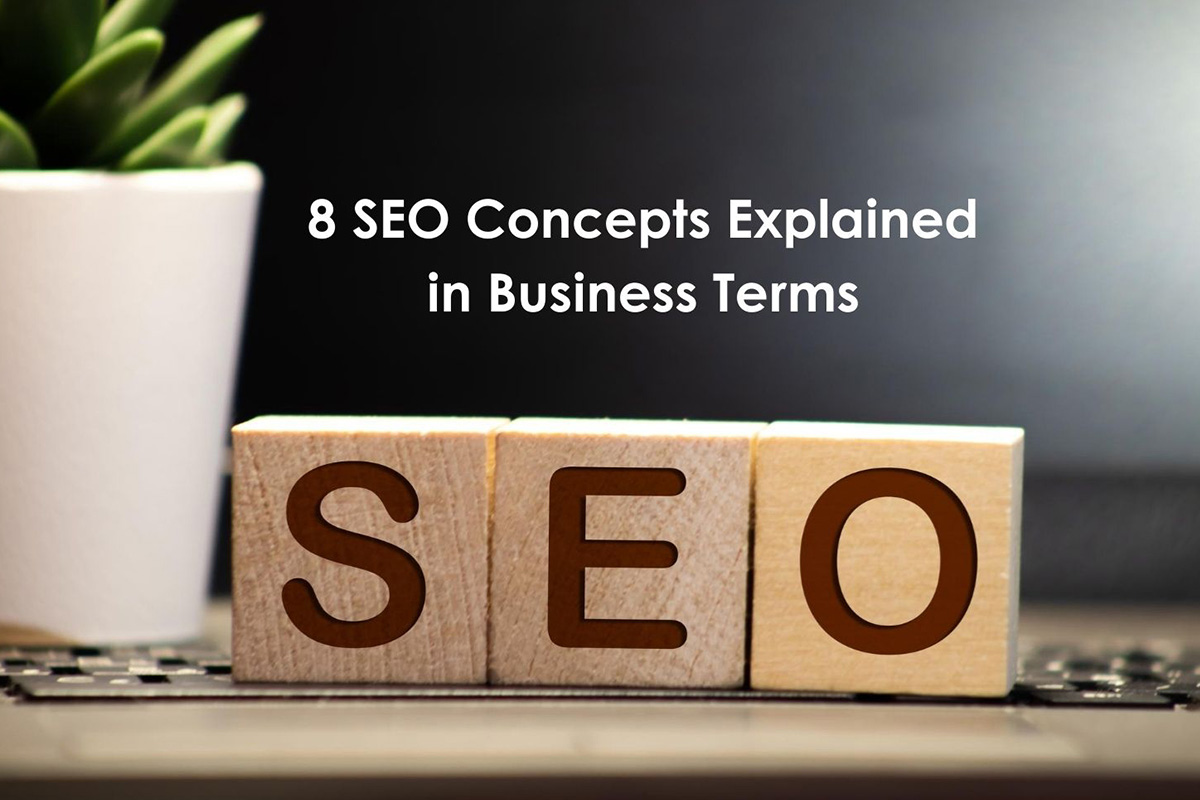



.jpg)



